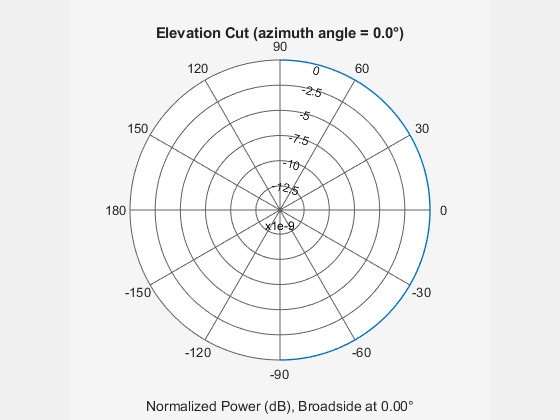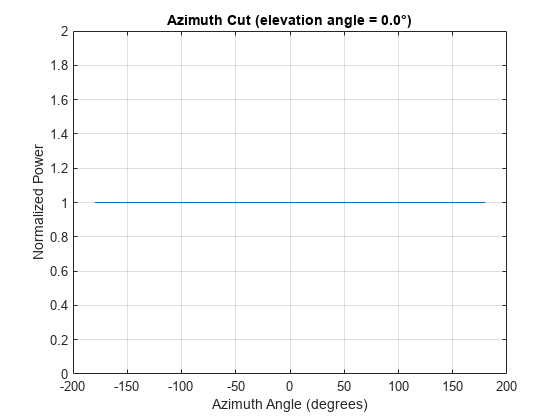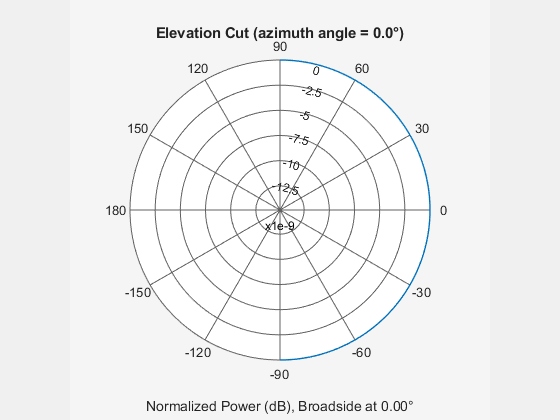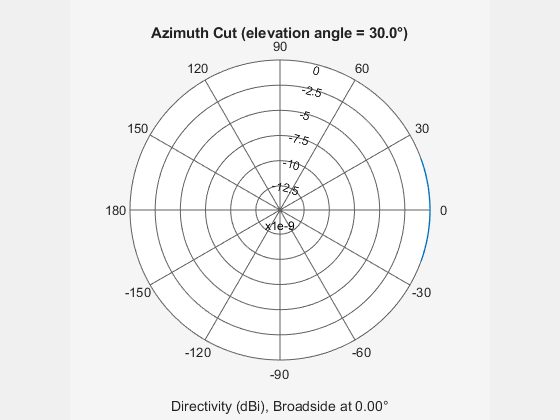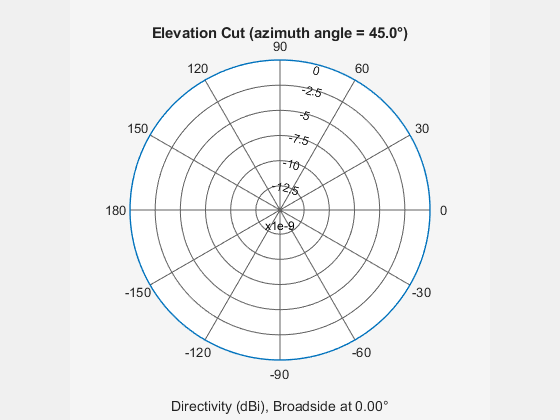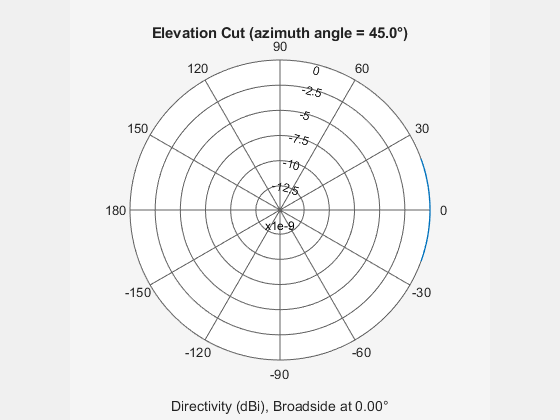phased.IsotropicAntennaElement
Isotropic antenna element
Description
The phased.IsotropicAntennaElement object creates an antenna element with an isotropic
response pattern. The object models an antenna element whose response is unity in all
directions. An isotropic antenna does not support polarization.
To compute the response of the antenna element for specified directions:
Create the
phased.IsotropicAntennaElementobject and set its properties.Call the object with arguments, as if it were a function.
To learn more about how System objects work, see What Are System Objects?
Creation
Description
antenna = phased.IsotropicAntennaElementantenna, with default property values.
antenna = phased.IsotropicAntennaElement(Name,Value)antenna, with each specified
property Name set to the specified Value. You can
specify additional name-value pair arguments in any order as
(Name1,Value1,...,NameN,ValueN).
Properties
Usage
Syntax
Description
Input Arguments
Output Arguments
Object Functions
To use an object function, specify the
System object as the first input argument. For
example, to release system resources of a System object named obj, use
this syntax:
release(obj)
Examples
Extended Capabilities
Version History
Introduced in R2011a
